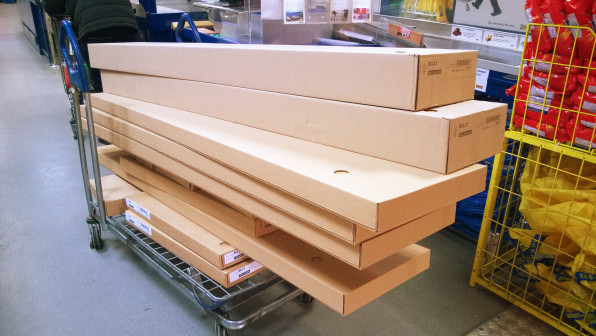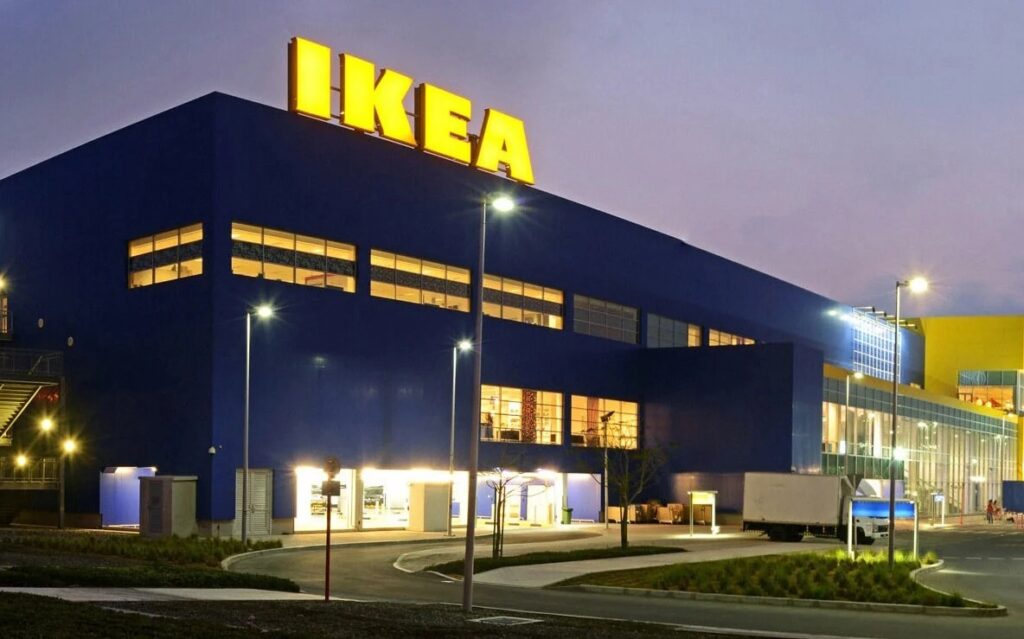
Imagine a young boy, barely five years old, hustling on his bicycle through the quiet fields of rural Sweden, selling matchbooks to his neighbors. That boy was Ingvar Kamprad, and little did anyone know that his small business spark would ignite a revolution in how the world furnishes its homes. This is the inspiring journey of Kamprad and the birth of IKEA-a story of grit, innovation, and a relentless drive to make good design affordable for everyone.
Early Entrepreneurial Spirit:

Ingvar Kamprad was born in 1926 on a small farm in Småland, Sweden. Facing the challenges of rural life, Kamprad developed his entrepreneurial instincts early, selling matchbooks in bulk and then expanding into pens, seeds, and holiday decorations by the time he was ten. Despite his struggles with dyslexia, Kamprad was motivated by his father’s rewards for academic effort, saving enough to take the first big step in his business journey.
The Birth of IKEA:

At just 17, Kamprad founded IKEA in 1943, using money awarded by his father for doing well in school. The company’s name stands for Ingvar Kamprad (his initials), Elmtaryd (the family farm), and Agunnaryd (his village). IKEA began as a mail-order business, selling small items like picture frames, pens, and jewelry, but Kamprad soon realized there was a much larger opportunity in furniture.
The Flat-Pack Revolution:

In 1948, IKEA took a transformative step into the furniture world. Kamprad and his early team faced serious challenges-furniture was bulky, expensive to ship, and not always affordable for the masses. In 1956, a pivotal moment occurred when an employee, Gillis Lundgren, couldn’t fit a table into his car. Inspired, he suggested removing the legs for transport. This idea gave birth to IKEA’s iconic flat-pack furniture-a game-changer in the industry.
Flat-pack design allowed furniture to be packed compactly, reducing shipping and storage costs. It also empowered customers to assemble products themselves, lowering prices and creating a sense of personal achievement. This innovation didn’t just make IKEA products affordable-it democratized modern, functional design for people worldwide.
Rapid Global Expansion:

IKEA opened its first furniture showroom in Älmhult, Sweden in 1958, and rapidly expanded across Sweden, then into Norway and Denmark in the 1960s. The 1970s and 1980s saw new stores opening in Germany, Switzerland, Japan, Australia, Canada, the United States, France, and beyond. The company’s signature blue-and-yellow stores, filled with clean, Scandinavian designs, became global landmarks.
A Brand Built on Innovation and Sustainability:

IKEA’s story isn’t just about furniture. Kamprad’s vision emphasized efficiency, sustainability, and simplicity at every step. IKEA was a pioneer in using renewable materials, introducing energy-efficient appliances, and implementing recycling programs decades before these practices were widely adopted. Its self-service store model and engaging catalogs further solidified IKEA as a brand that put the customer first, offering control, choice, and affordability.
IKEA Today: A Global Powerhouse

As of 2024, IKEA stands as the world’s largest furniture retailer, operating 486 stores in 63 countries. In that year alone, IKEA reported €45.1 billion in retail sales, attracted 899 million store visits, and saw its website visited 4.6 billion times. The brand’s catalog now features around 12,000 products, available both online and in-store.
IKEA’s reach, however, is more than just numbers; it represents the realization of Kamprad’s dream to improve everyday living for people everywhere, one flat-pack at a time.




